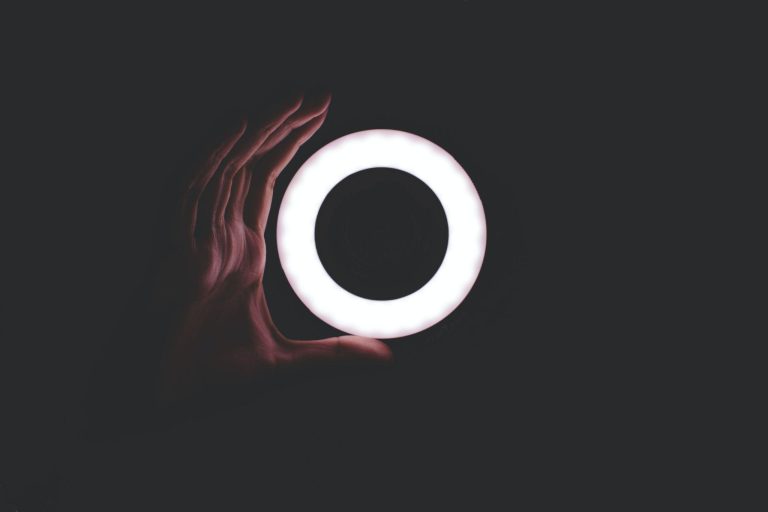Recessed lights or can lights are excellent lighting options for uplighting, downlighting, and wall lighting. Recessed lights are perfect for lighting laundry rooms, hallways, bathrooms, and other small spaces as they make the space feel more open without taking up much visual space.
But they come in a huge variety, making you confused while you go to buy recessed lights for your home.
So, let this article guide you on what to consider while buying recessed lights, which type is the perfect one, and everything you need to know about choosing and installing the right recessed lights for your home..
Types of Recessed Lighting
Okay, first things first. Let’s explore the variety of recessed lights to understand better which one suits your purpose.
The three key components of the lights are housing, lamp, and trim. And you need to consider each component while choosing the right type of recessed lights.
Lamp
The light source for recessed light is the lamp, which varies depending on the type of lightbulb used. Flood-style light bulbs that generate dazzling illumination or LED lamps that are completely integrated into the trim, all these alternatives are available.
1. Wattage
Like other light fixtures, recessed lights have a maximum wattage that is rated safe for use. Almost every recessed light is designed to work with 75- or 100-watt bulbs. To ensure you have suitable bulbs, check the wattage on the specific light fittings.
2. LED
Best LED recessed lights use less energy and stay cooler longer than most other bulbs. Because LED bulbs aren’t adjustable with all recessed light fittings, double-checking the fixture before buying specific LED bulbs is a good idea.
Housing
Housing is the part of the fixture that houses the lightbulb. It is installed directly into the ceiling. There are two main types of housing: new construction and remodel.
1. New Constructions
If you are building a new home, you need new construction housing. This housing is designed for newly built houses or extensions with exposed ceiling joists and no drywall.
2. Remodel
You should choose this style of housing if you want to remodel the place, if you’re going to upgrade your system to LED, or if the joints are not exposed as remodel fixtures are designed to fit existing ceilings.
To install such recessed lighting, the retrofit housing is placed into a hole in the ceiling and attached with metal clips to keep the fixture in place.
Trim
The trim is the visible part of the lamp on the outside that impacts both the aesthetic and function of your recessed lighting. It is available in a range of styles, from decorative to simple. Here is a list of nine of the most popular trim styles with details to help you to find the right trim for your home.
- Baffle: The modest ribbed interior of baffle trim is designed to prevent glare from the bulb, generate soft lighting, and minimize pressure on the eye. The trim on the outside is plain and sits near the ceiling. It has a very simple design; it is perfect for living rooms, foyers, and bedrooms.
- Adjustable: This trim design includes an easily repositionable inside light fixture, allowing you to direct the light beam where you want it to shine. It is ideal for illuminating built-in cupboards or shelves, highlighting artwork, and providing accent lighting.
- Decorative: Decorative trim adds visual interest to recessed lighting. Because there are so many styles available, from traditional to contemporary, it’s simple to choose a decorative trim that complements your aesthetic.
- Pinhole: The pinhole style is ideal for a light that draws attention to a particular architectural aspect or luxurious furniture. It features a thick trim and a small opening that concentrates light into a narrow beam.
- Slotted: The design of slotted trim has a thick trim and a small opening, similar to pinhole trim. A narrow beam is created by slotted trim, which has a thinner, more oval-shaped aperture. Lights with slotted trim can often be tilted 35 degrees to create a spotlight effect.
- Reflector: As reflector trim has a mirrored interior, it can increase the amount of light emitted by the fixture. The light’s brightness is enhanced by the smooth metal interior, giving it a more dazzling glow. So, it is perfect for wide-open areas like living rooms and dining rooms.
- Open: The design of open trim allows plenty of light to pass through. If you want brilliant lighting or wish to light a larger room, this trim design is a wonderful choice.
- Wall-Washer: Wall-Washer comes with a feature of a half-shield design that uses gentle light instead of a concentrated beam to “wash” the wall. It can be used to highlight a piece of art or an accent wall.
What Do You Want to Light?
Versatile recessed lighting can be used for general illumination, accent lighting, or task lighting. Your interior design is almost incomplete without recessed lighting.
If you want to lighten up your kitchen or want a light to read by, you should go for a downlight.
The same can be said for lighting a corridor or hallway, as well as overall lighting in a large space like your living room.
You’ll probably need an eyeball spot to light up that sculpture on your mantel. A wall washer trim, on the other hand, a wall washer trim can be just what you need to emphasize a huge poster or painting or to light your stereo components softly.
I hope this article was helpful for you, and now you know which kind of recessed light you need for your space.

